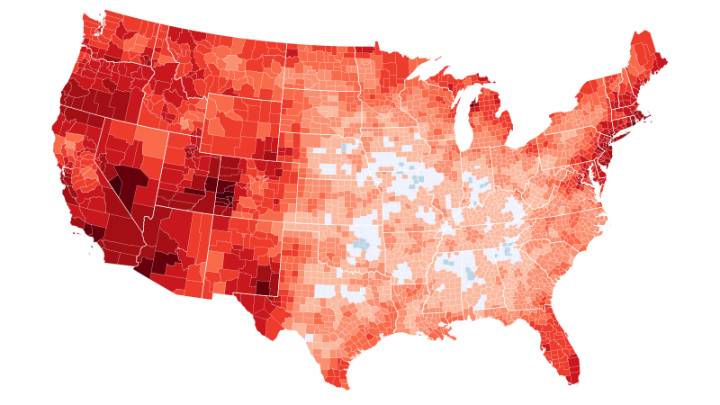The contiguous United States has endured another searing summer. June was unusually warm, and a major heatwave afflicted nearly a third of the population late in the month, and July offered little relief.
This is hardly a surprise: Summers in the Lower 48 are now 1.6 degrees Fahrenheit warmer on average than they were in 1896, according to the Environmental Protection Agency.
Summer is the season in which the effects of climate change are arguably most apparent: It’s getting hotter , longer , more humid and more dangerous . Yet averages elide a complex reality: The country’s experience of hotter summers — and thus one of the most visceral aspects of climate change itself — is fractured along geographic lines.
Summer is behaving very erratically as the country warms, with large c

 CNN Climate
CNN Climate

 CNN
CNN Associated Press Top News
Associated Press Top News K2 Radio Local
K2 Radio Local KTNV Channel 13 Las Vegas
KTNV Channel 13 Las Vegas The Newport Daily News
The Newport Daily News CBS19 News Crime
CBS19 News Crime Fast Company Lifestyle
Fast Company Lifestyle The Fayetteville Observer Sports
The Fayetteville Observer Sports America News
America News